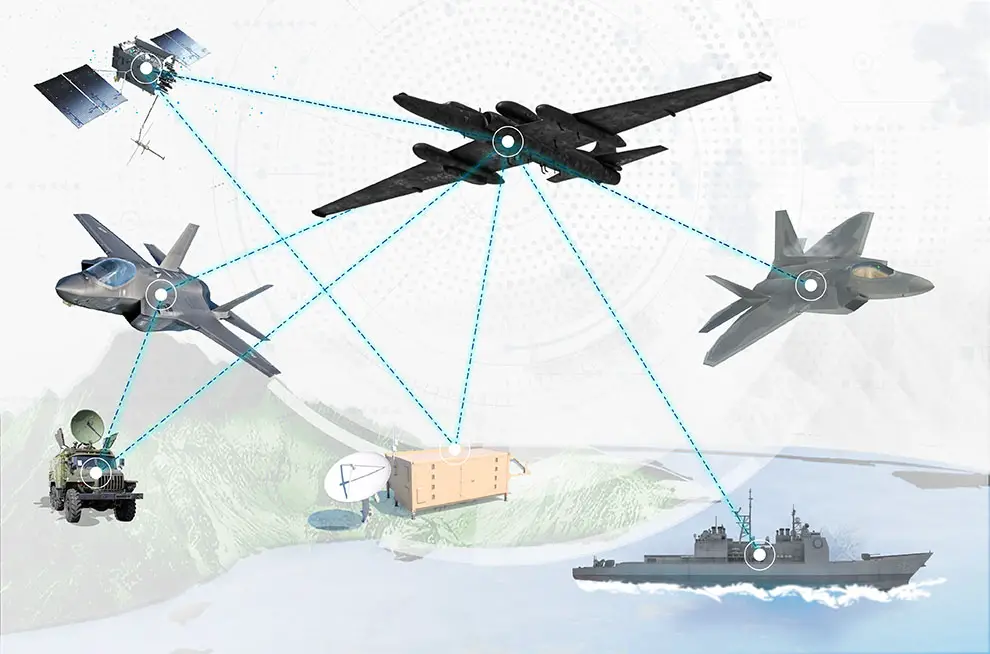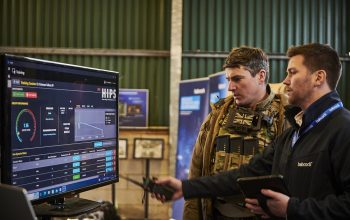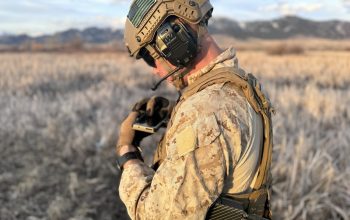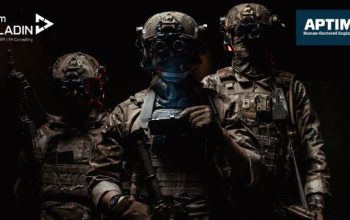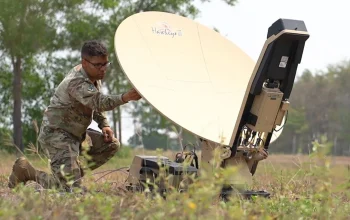Lockheed Martin Skunk Works®, the Missile Defense Agency and the U.S. Air Force successfully linked a U-2, five F-35s and an F-22 in air and provided real-time 5th Generation data to operators on the ground, introducing greater mission flexibility across domains and an enhanced total operational picture for the joint warfighter. Named Project Hydra, the latest flight test leveraged an Open Systems Gateway (OSG) payload aboard the U-2 to connect an F-22 to five F-35s via native Intra-Flight Data Link (IFDL) and Multifunction Advanced Data Link (MADL), successfully sharing data between all airborne aircraft and with nodes on the ground. The target tracks were also transmitted by and through the U-2 into the fighter avionics and pilot displays.
Bringing the power of 5th Generation data and exposing new C2 opportunities across multiple domains continues to demonstrate Lockheed Martin’s readiness to provide unmatched battlespace awareness and rapidly field capability today.The Project Hydra effort also marked the first time F-35 sensor data was delivered to an operational ground system over a Tactical Targeting Network Terminal (TTNT) link using an airborne gateway. This data was then sent to the US Army Integrated Battle Command System (IBCS) Airborne Sensor Adaptation Kit (A-Kit), also developed by Lockheed Martin. The A-Kit then transmitted data to the IBCS Tactical System Integration Laboratory (TSIL) at Fort Bliss, Texas. IBCS used the F-35 sensor data to conduct a simulated Army fires exercise.
The core of the Hydra payload leverages the Open Mission Systems (OMS) compliant Enterprise Mission Computer 2 (EMC2), facilitating F-22, F-35, TTNT and Link-16 connections. By leveraging both line-of-sight (LOS) and beyond line-of-sight (BLOS) datalink capabilities of the U-2, data can now be shared directly to tactical users and globally to command and control (C2) nodes like the Common Mission Control Center (CMCC). During this demonstration, both the CMCC and Shadow Operations Center at Nellis Air Force Base were able to view the sensor and platform data to enable situational awareness for operational command and control of highly capable air assets. This demonstration is another key step forward in Lockheed Martin’s support for the Air Force’s Advanced Battle Management System and the Army’s Project Convergence, supporting the goal of providing commanders critical tools for the joint all-domain battlespace environment.
Skunk Works is an official pseudonym for Lockheed Martin’s Advanced Development Programs (ADP), formerly called Lockheed Advanced Development Projects. It is responsible for a number of aircraft designs, beginning with the P-38 Lightning in 1939[1][2] and the P-80 Shooting Star in 1943. Skunk Works engineers subsequently developed the U-2, SR-71 Blackbird, F-117 Nighthawk, F-22 Raptor, and F-35 Lightning II, the latter being used in the air forces of several countries. The Skunk Works name was taken from the moonshine factory in the comic strip Li’l Abner. Lockheed Martin is committed to helping the Department of Defense and its allies realize their vision for future battlespace operations by putting the best capabilities into our warfighter’s hands with reliability, speed and dedication.
